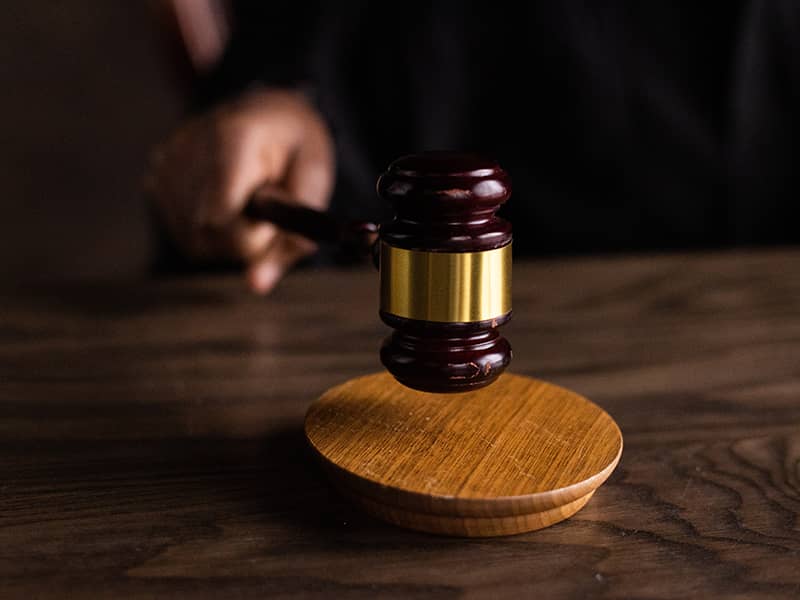
Imagine this: You find yourself injured in an accident, seeking compensation for your losses, only to be confronted with complex legal jargon and potential hurdles. That’s where DP Injury Attorneys step in to guide you through the intricacies of contributory negligence and help you secure the fair compensation you deserve.
At DP Injury Attorneys, we understand the frustration and confusion that can arise during such challenging times. With years of experience handling personal injury cases, we are committed to providing you with the knowledge and support you need to navigate the legal process successfully.
Contact DP Injury Attorneys today for a free case review. Let us be your trusted legal partner in securing fair compensation.
Contributory negligence is a legal principle that can affect personal injury claims. Simply put, it refers to a situation where the injured party’s own negligence contributes to the accident or injury.
In jurisdictions that follow the contributory negligence rule, if the injured party is found to be even slightly at fault for the incident, they may be barred from recovering any compensation from the other negligent party. This strict rule can make it challenging for individuals seeking justice and fair compensation.
At DP Injury Attorneys, our San Diego car accident lawyers understand the complexities of contributory negligence and can help you navigate its intricacies to protect your rights.
Various types of contributory negligence can impact personal injury claims.
Understanding these types is crucial for building a strong case:
Establishing contributory negligence is a crucial aspect of personal injury claims where this legal principle is applicable.
To successfully prove contributory negligence, several key factors need to be considered:
If your claim proves successful, you may be entitled to various types of damages that aim to compensate you for the losses and harm you have endured.
Economic damages cover the tangible financial expenses directly resulting from the injury. These may include medical bills, rehabilitation costs, medication expenses, lost wages, and future medical expenses. Economic damages aim to restore you to the financial position you were in before the incident occurred.
Non-economic damages, on the other hand, address the intangible and non-monetary effects of the injury. These damages seek to compensate for the pain, suffering, emotional distress, loss of enjoyment of life, and the impact on your overall well-being. They acknowledge the personal toll the injury has had on your life beyond financial considerations.
In some cases, there may also be the possibility of recovering punitive damages. Unlike economic and non-economic damages, punitive damages are not intended to compensate you for specific losses. Instead, they are awarded as a form of punishment to the defendant for particularly egregious behavior, serving as a deterrent for similar conduct.
Navigating the complexities of personal injury claims, particularly when contributory negligence is involved, can be daunting. At DP Injury Attorneys, we are here to provide you with supportive legal guidance. Our team understands the challenges you may face and is dedicated to helping you secure the compensation you deserve.
Don’t face the complexities of personal injury claims alone. Contact DP Injury Attorneys today for a free case review. Let us be your trusted legal partner, providing the representation you need to navigate the challenges of contributory negligence and secure fair compensation for your damages.